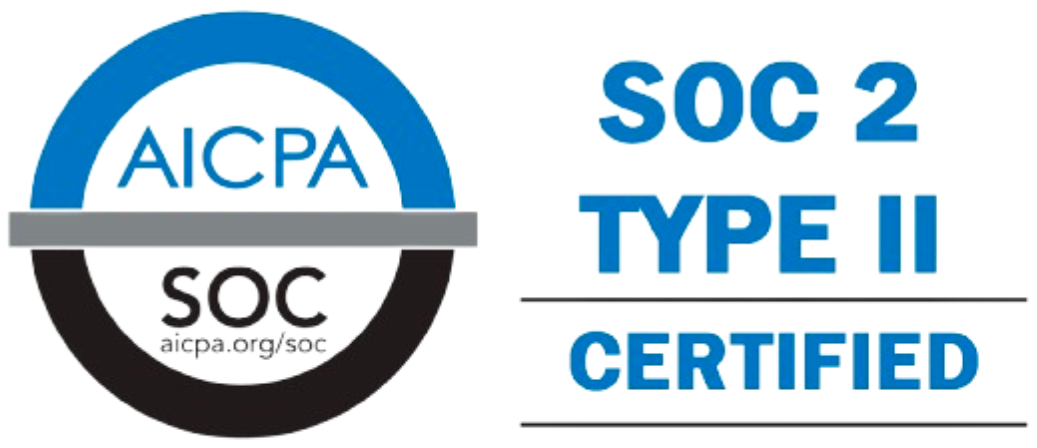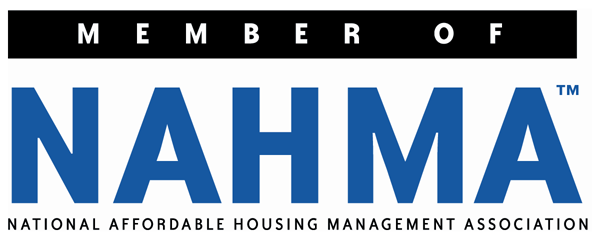
The Top 10 Metrics Every Real Estate Investor Should Know
- June 14, 2023
- OHI

Real estate investment is an attractive avenue for generating wealth and building a diversified portfolio. However, successful real estate investing requires a deep understanding of various metrics and indicators that can help investors make informed decisions. In this blog post, we will explore the top 10 metrics every real estate investor should know. These metrics will empower investors to evaluate potential investment opportunities, assess property performance, and maximize their returns.
Cash flow is a fundamental metric in real estate investing that measures the income generated from a property after deducting all expenses. Positive cash flow indicates that the property’s rental income exceeds its operating expenses, providing the investor with a steady stream of income. A negative cash flow, on the other hand, means that expenses outweigh rental income, requiring additional funding from the investor. Understanding cash flow is crucial for determining the profitability and sustainability of an investment property.
The capitalization rate, or cap rate, is a widely used metric that helps investors assess the potential return on an investment property. It is calculated by dividing the property’s net operating income (NOI) by its market value or purchase price. The cap rate provides a percentage that represents the property’s anticipated return on investment. While a lower cap rate suggests a lower return, a higher cap rate suggests a higher potential return. Cap rates vary across different markets and property types, so it’s essential to compare them within the context of similar properties in the area.
Cash-on-cash return is a metric that measures the annual return on the actual cash invested in a property. It is calculated by dividing the property’s pre-tax cash flow by the total amount of cash invested. Cash-on-cash return helps investors evaluate the profitability of a property based on the amount of money they have invested upfront. It provides a clear picture of the return on investment and allows for easy comparison with other investment opportunities.
Return on investment is a comprehensive metric that considers both cash flow and appreciation. It calculates the percentage return an investor can expect from their initial investment over a specific period. ROI takes into account all cash inflows and outflows, including rental income, expenses, and property appreciation. By calculating ROI, investors can compare the performance of different investment properties and determine which ones offer the highest potential returns.
The gross rent multiplier is a simple metric used to assess the value of income-generating properties. It is calculated by dividing the property’s purchase price by its gross rental income. The GRM provides an indication of how many years it would take to recoup the investment through rental income alone. A lower GRM suggests a better investment opportunity, as it indicates a shorter period for recovering the initial investment.
The debt service coverage ratio is a metric used to evaluate the property’s ability to cover its debt obligations. It is calculated by dividing the property’s yearly debt service (mortgage payment) by net operating income. A DSCR greater than 1 indicates that the property generates enough income to cover its debt payments, while a ratio less than 1 suggests a potential risk of default. Lenders typically require a minimum DSCR to ensure loan repayment and mitigate risk.
The vacancy rate measures the percentage of unoccupied rental units in a property or market. It is an important metric for assessing the demand and potential rental income of an investment property. A low vacancy rate indicates strong demand and stable rental income, while a high vacancy rate may indicate market saturation or other issues that could impact cash flow. Understanding vacancy rates helps investors assess the attractiveness of a property and make informed decisions about rental pricing and marketing strategies.
Knowing the average rent in a specific market is crucial for real estate investors. It helps determine the income potential of a property and assess its competitiveness within the market. Researching the average rent for similar properties in the area provides valuable insights into pricing strategies, cash flow projections, and the overall profitability of an investment.
Property appreciation describes the rise in a property’s value over time. While cash flow and immediate returns are important, appreciation can significantly contribute to long-term wealth accumulation. Investors should consider factors such as location, market trends, and development plans when evaluating the potential appreciation of an investment property. Understanding the historical and projected appreciation in a market can help investors make informed decisions about the property’s long-term value.
Operating expenses encompass all the costs associated with owning and operating an investment property. These expenses include property taxes, insurance, maintenance and repairs, property management fees, utilities, and more. It is crucial for investors to accurately estimate and account for these expenses to ensure a realistic assessment of cash flow and profitability. By understanding the operating expenses, investors can make sound investment decisions and avoid unforeseen financial burdens.
As a real estate investor, understanding key metrics is essential for evaluating investment opportunities, assessing property performance, and maximizing returns. The top 10 metrics discussed in this blog post, including cash flow, cap rate, cash-on-cash return, ROI, GRM, DSCR, vacancy rate, average rent, appreciation, and operating expenses, provide valuable insights into the financial viability and potential profitability of an investment property. By leveraging these metrics, investors can make informed decisions, mitigate risks, and achieve long-term success in the dynamic world of real estate investment.
Contact us for a customized NO OBLIGATION proposal for outsourcing your accounting activities.







